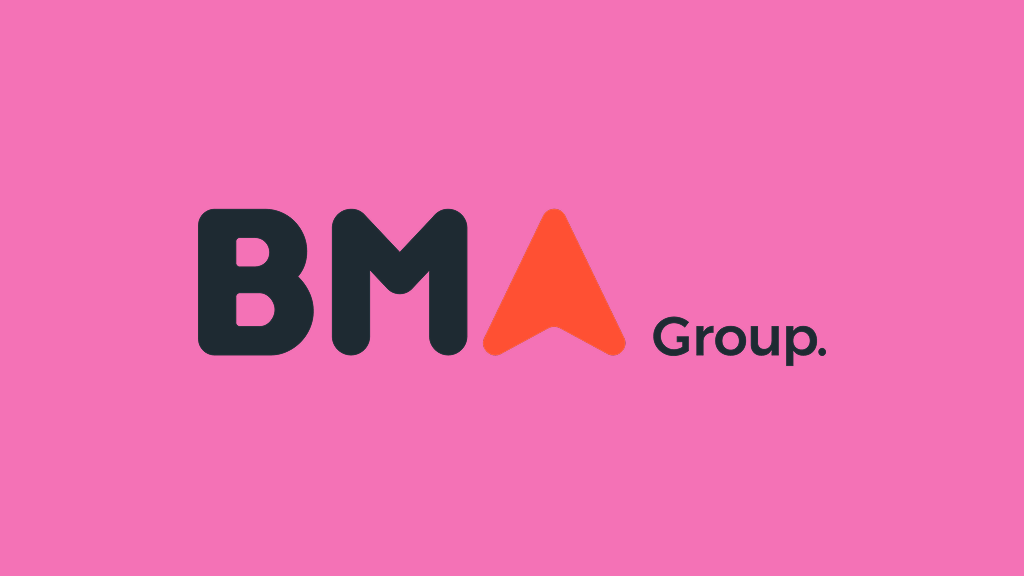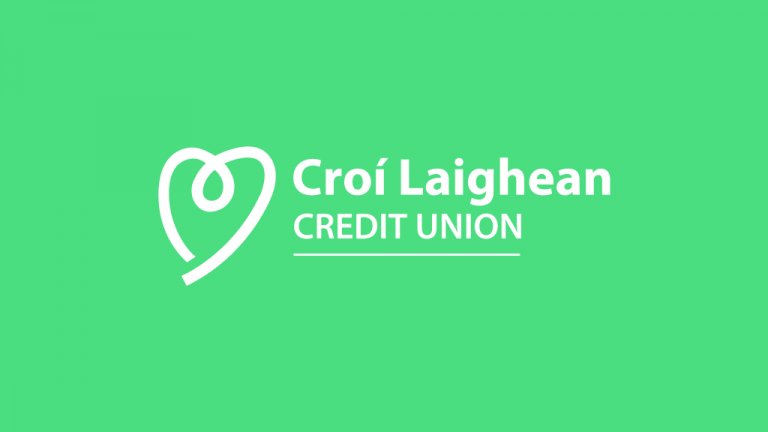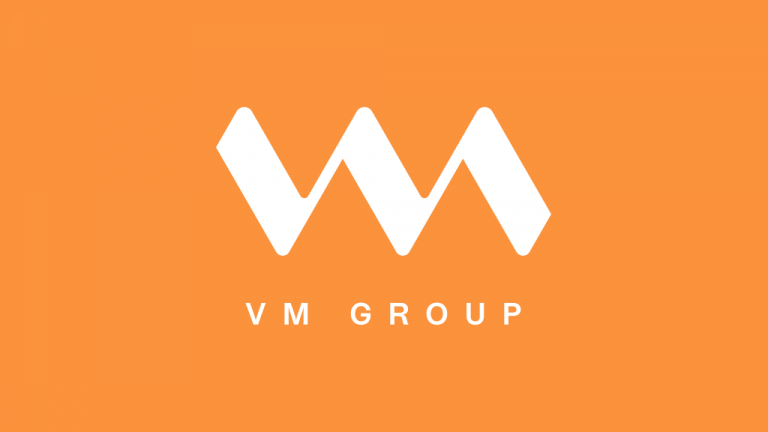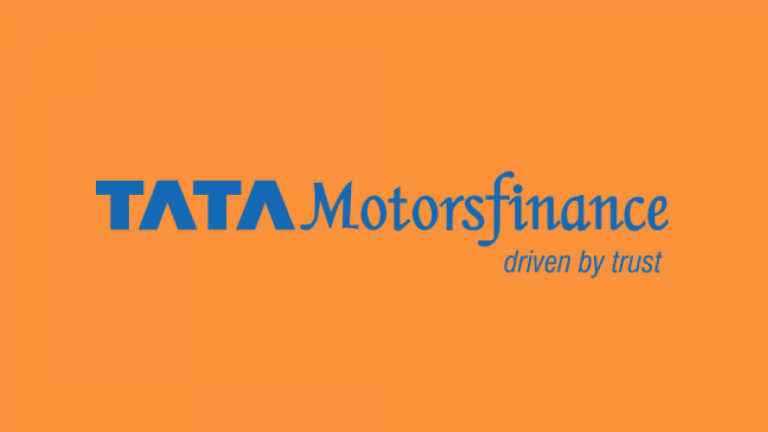How BMA group dropped its candidate acquisition cost by 40%?

BMA Group is a HR consulting firm that helps businesses attract, engage, and retain employees. With offices in Puerto Rico, Florida, Dominican Republic, Trinidad & Tobago, Costa Rica, Panamá, Perú, and Madrid, they serve a wide range of clients (including Fortune 100 companies) across the Americas, Caribbean, and Spain. Their services cover the entire corporate hierarchy from executive search to RPO, so regardless of what type of position a business needs to fill, BMA Group will source, vet, and select the right candidate for the job. Even more impressive, the company prides itself on its ability to drive the hiring process quickly (their average time to fill is just 30 days), without compromising on quality (99.7% of employees hired through BMA Group stay in their position for over a year). We spoke with Natasha Martinez, BMA Group’s Innovation and Marketing Lead, about how she and her team used Tars’ AI Agent builder platform to create intelligent automation solutions that reduced costs by 40% and increased applications.
BMA group’s staffing process
To source candidates, BMA Group relies on three channels: Paid Social, Job Portals, and Organic Social (where they have a large audience).
Traffic from these channels is directed to a lead capture method (forms in past; AI-powered Conversational Agents today) that captures basic information from candidates, which is then automatically pre-screened and sent to Vincere CRM.
Once in the CRM, the BMA team follows up with candidates to conduct basic phone screening and to coordinate an interview, technical assessments, and behavioral assessments if required. The candidates who pass this stage are then either selected and hired by BMA group or handed off to BMA’s clients.
The problem
While they excel at administering all stages of this process, a key contributor to BMA Group’s success has been their ability to drive unparalleled efficiency at the top of the talent funnel. Specifically, by mastering social media in particular, they can drive high interest for positions in the sourcing process, thus ensuring a large enough pool of candidates to select from.
Of course, as with any successful channel, social media-driven staffing has come with a set of associated drawbacks that the BMA group wanted to address. Specifically, Natasha and her team found that the cost of acquiring candidates (through paid social in particular) was higher than optimal, and with additional volume in candidates came additional spam that was causing inefficiency later in the process, as recruiters would need to manually weed out bad candidates.
What BMA Group needed was a lead capture mechanism that converted more good candidates without increasing spend (to reduce the cost of leads) while simultaneously weeding out bad candidates (to prevent inefficiencies further down in the staffing funnel).
The Solution
To address these issues, BMA Group adopted a Conversational AI approach to talent acquisition. Natasha and her team leveraged Tars’ AI Agent builder platform to create intelligent lead generation and qualification Agents for use in their campaigns.
Using Tars’ No-Code AI Agent builder, they deployed their conversational AI Agent as a conversational landing page (CLP) on their ad campaigns. In this form of deployment, the AI Agent lives on a standalone web page. When users click on a link to that page, they are dropped onto the CLP where the intelligent conversation begins.
While the CLP looks and feels like a natural conversation, under the hood, it leverages Tars’ advanced AI Agent technology built on regular HTML, CSS, and JavaScript (like any other webpage). This means that it has a regular URL just like any other landing page and can be used in any digital ad campaign, while providing the intelligent automation capabilities that modern businesses require.
In the conversation, the AI Agent collects basic contact information from candidates and, more importantly, asks intelligent qualification questions to ascertain the candidate’s fit for the position they are interested in. The Agent can handle complex branching logic, understand natural language responses, and adapt the conversation flow based on candidate inputs – capabilities that go far beyond traditional form-based approaches.
Once captured, this data is sent to BMA Group’s candidate database, where the staffing team can use it to conduct follow-ups.
The Value
The AI Agent achieved two outcomes.
First, it was able to achieve a higher conversion rate than the forms that the BMA group previously used, thus increasing the number of candidates they could capture on their ad spend. This reduced the overall cost per lead of their campaigns, addressing the first problem that they faced. The reason for this change is one that we commonly see in ad campaigns that replace their traditional landing pages with conversational landing pages. No one likes filling out forms, and as a result, traditional landing pages (which rely on forms for lead capture) have high drop-off rates. By reframing the lead capture experience as a conversation, AI Agent addresses this issue. They transform the otherwise unengaging chore of filling a form into a personalized customer service experience that converts.
Second, by incorporating intelligent qualification into the AI Agent flow, it addressed the junk lead issue as the Agent was able to use advanced conditional logic and natural language understanding to identify a candidate’s fit for a position and intelligently filter them before they were passed along in the staffing process.

The effects
After implementing AI Agents built on Tars’ platform into their marketing campaigns, Natasha and her team have achieved a 40% drop in cost-per-candidate and seen considerable efficiency gains further down in the staffing process as they have fewer bad candidates to deal with. Additionally, their internal team workflows became more streamlined as the AI Agents handled initial candidate screening automatically, freeing up human recruiters to focus on higher-value activities.
While these outcomes might seem staggering, they are relatively common in the world of AI Agents. The fundamental user experience advantages that AI Agents have over traditional automation solutions. If deployed properly, they are almost guaranteed to show results like the ones that BMA Group was able to achieve.
If you’re interested in taking your candidate acquisition game to the next level, just sign up and start your Agent-building journey today!
Arnav is the Director of Content Marketing at Tars. He spends most days building bots, writing about conversational design and scrolling through Giphy’s trending section looking for the gifs that go into the Tars Newsletter.
Chosen by 800+ global brands across industries
Recommended Customer Success stories

AI in banking: Croí Laighean Credit Union’s journey to efficient customer support

45% reduction in support requests: VM Group’s success with Conversational AI Agents

How Tata Motors Finance generated 69,000+ leads with strategic CX automation?

Our journey in a few numbers
With Tars you can build Conversational AI Agents that truly understand your needs and create intelligent conversations.
years in the conversational AI space
global brands have worked with us
customer conversations automated
countries with deployed AI Agents











